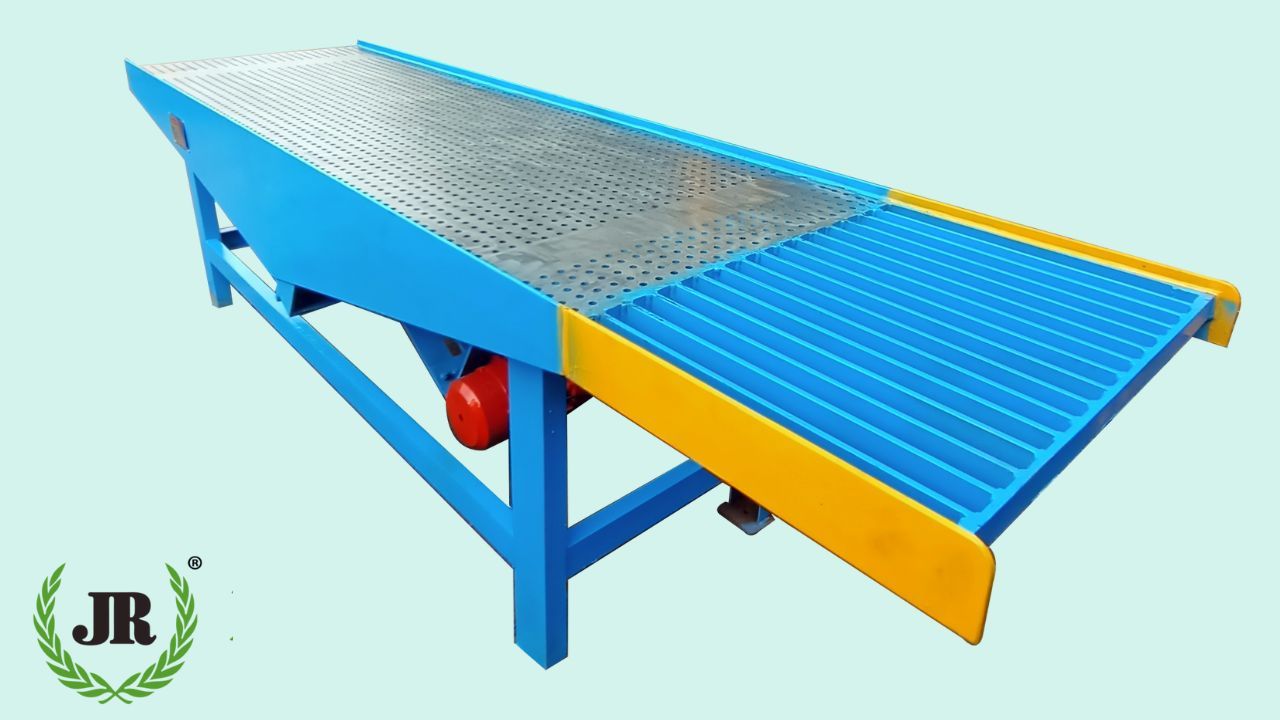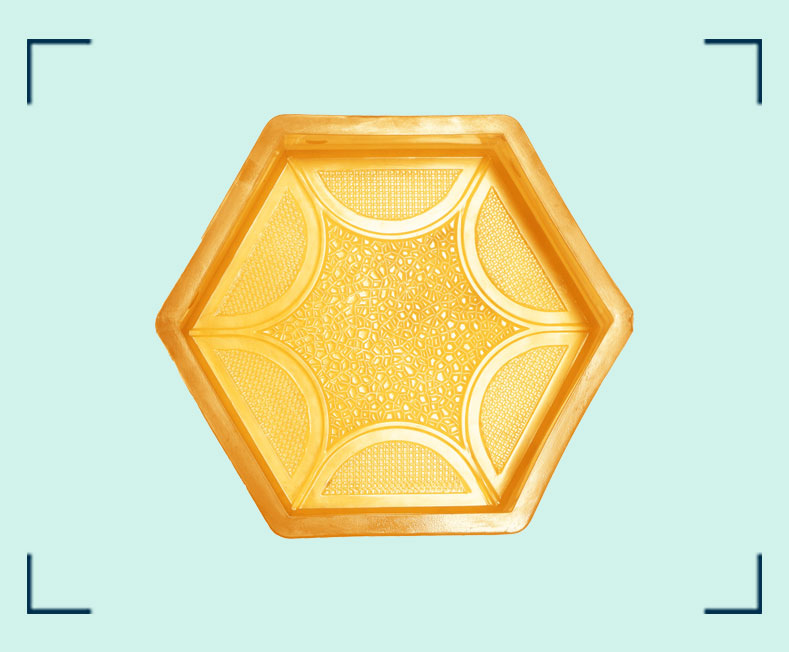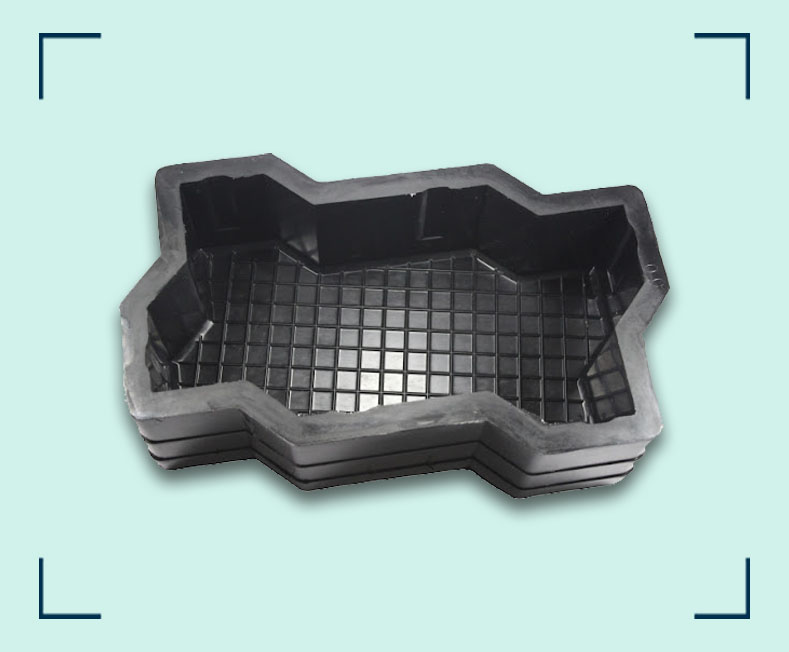Everything You Need to Know About Vibrating Table in 2024

Vibrating tables are crucial in the construction industry for compacting concrete mixes, enhancing quality and durability, and reducing imperfections. They facilitate efficient compaction, faster curing, and demolding, thereby improving productivity.
JR Rubber Moulds utilizes a vibrating table in their concrete casting process, enhancing the quality and durability of their construction materials. This efficient compaction process not only improves the final product but also accelerates production timelines.
What is Vibrating Table?
A vibrating table is a specialized equipment used in the concrete industry to eliminate air bubbles and pockets in concrete mixtures. Its main purpose is to enhance the quality and strength of concrete products like precast concrete elements, paving stones, tiles, plastic paver moulds and, rubber mould paver.
It is a flat surface that vibrates at high frequencies, causing the concrete mix to settle and trap trapped air bubbles. This process, known as consolidation or compaction, ensures the concrete is evenly distributed within the mold, eliminating voids or gaps. This results in improved strength, density, and durability of the finished concrete products.
Vibrating tables come in various sizes and configurations, allowing for versatility in accommodating different types of molds and products. The use of vibration in concrete casting not only enhances the quality of the finished products but also speeds up production by enabling quicker curing and demolding, making it an essential tool in the concrete industry. At JR Rubber Industries,our commitment to meeting your requirements led us to introduce our vibrating table specifically designed for the production of plastic paver moulds and rubber paver moulds.
Benefits of Vibrating Table

Vibrating tables offer numerous benefits across different industries. Here are some of the key advantages:
- Improved Compaction: Vibrating tables effectively remove air bubbles and voids trapped within the concrete mix, ensuring thorough compaction. This leads to higher density and increased strength in the finished concrete products.
- Enhanced Quality: The elimination of air voids and the uniform distribution of concrete material achieved by vibrating tables result in higher-quality construction elements, such as natural stone pavers, tiles, and precast concrete components.
- Reduced Porosity: Vibrating tables help reduce the porosity of concrete by compacting the mix, resulting in a denser material that is less permeable to water and other substances, thereby increasing durability.
- Uniformity in Products: The compaction process facilitated by vibrating tables ensures uniformity and consistency in the composition of concrete elements, minimizing variations and defects.
- Faster Production Cycles: By expelling air bubbles and allowing for quicker settling of concrete, vibrating tables expedite curing times, leading to faster production cycles and shorter project timelines.
- Precision and Accuracy: Vibrating tables aid in achieving precise molds and forms, ensuring that concrete components meet specified dimensions and adhere to design requirements accurately.
- Increased Structural Integrity: Proper compaction through vibrating tables contributes to better adhesion between concrete particles, resulting in enhanced structural integrity and load-bearing capacity of construction materials.
- Ease of Operation: These tables are generally easy to operate, requiring minimal manual intervention and ensuring efficient concrete compaction with minimal labor.
- Versatility: Vibrating tables are adaptable and can be used with various types of molds, accommodating different shapes and sizes of concrete products in the construction industry.
What is the Use of a Vibrating Table?
The primary use of a vibrating table is to aid in the compaction and consolidation of materials, especially in industrial processes like concrete casting or molding. When materials, such as concrete, are poured into molds or formworks, they may contain trapped air bubbles or voids, which can compromise the quality and strength of the finished product.
A vibrating table addresses this issue by subjecting the filled molds to high-frequency vibrations. These vibrations help in settling and compacting the material, allowing trapped air bubbles to rise to the surface and escape. This process, known as consolidation, ensures that the material is uniformly distributed within the mold and eliminates air voids or pockets.
The use of a vibrating table is widespread in various industries beyond construction, including:
- Casting and Molding: It aids in consolidating materials like concrete, plaster, or resin in molds to create products such as outdoor floor tiles, paving stones, or decorative elements.
- Manufacturing: Vibrating tables assist in compacting materials during manufacturing processes such as molded products.
- Testing and Quality Control: They are also utilized in industrial settings to conduct tests on materials, including settling granular materials or simulating vibration stress on products.
- Foundry Applications: In foundries, vibrating tables are used for compacting sand molds used in casting metal components.
- Material Handling and Processing: Vibrating tables are employed in various material handling and processing operations to ensure proper compaction and settling of materials.
Different Types of Vibrating Tables
Vibrating tables come in a variety of types, each designed for specific applications. Some common types include:
1. Internal Vibrators:
- They are often referred to as poker or immersion vibrators. Internal vibrators are directly integrated inside the concrete mix. The vibrating component is submerged in the concrete, which causes it to move and expand. They are often employed in construction tasks, such as creating columns or precast compound walls.
2. Surface Vibrators or External Vibrators:
- In contrast to internal vibrators, External or surface vibrators are placed directly on the concrete’s surface. They are typically huge and give vibrations throughout the concrete structure. This kind is frequently employed in the manufacturing of precast concrete components and for flatwork projects such as slabs and pavements.
3. Form Vibrators:
- Form vibrators are specifically designed to be used for the purpose of vibrating molds or concrete forms in making casting. They are connected to the outside part of the mold and transmit the vibrations directly into concrete. It allows for an even compaction and a smooth finish to the formwork concrete.
How does a Vibrating Table Work?
The working principle of a vibrating table is based on the concept of resonance. When the motors of a vibrating table are activated, they generate vibrations that resonate within the structure. This resonance leads to the platform vibrating at a specific frequency and intensity. By adjusting the parameters of the motors, operators can control the level of vibrations and achieve the desired results.
When objects are placed on the vibrating platform, the vibrations travel through the objects, causing them to settle and compact. This settling effect is particularly useful in applications such as concrete vibrating tables compaction, where it ensures that air bubbles are removed, and the concrete becomes strong and durable.
Here’s a comprehensive explanation of how a vibrating table functions:
1. Vibration Generation:
- Mechanical or Electromagnetic: Vibrating tables may be either electromagnetic or mechanical. Automated vibrating tables employ motors with eccentric weights, and electromagnetic ones utilize electromagnets. The choice between these two depends on a variety of factors, including the purpose of the table, the required precision, and the type of material to be processed.
2. Control Systems:
- Frequency and amplitude: The secret to the effectiveness of a vibrating table is the control systems it uses. Modern vibrating tables are usually fitted with advanced control systems that enable operators to control both the frequency as well as the amplitude of the vibrations. The term frequency refers to the amount of vibrating units’ duration, and amplitude refers to the intensity of the back-and-forth motion.
3. Material Placement:
- Proper arrangement: The material to be processed is laid on the table’s surface that vibrates. It may be the concrete mix for the construction industry, mold material in foundries, or any other material that needs to be compacted.
4.Initiation of Vibration:
- Activating the Vibrating Mechanism: Once the material is placed, the operator is able to start the mechanism to vibrate. For mechanical tables, it is a matter of activating the motor using eccentric weights. For tables with electromagnetic properties, the electric current is directed to electromagnets.
5.Transmission of Vibrations:
- Through the table Surface: The generated vibrations are transmitted by the table’s surface and into the substance. The table’s surface is generally smooth or curved to guarantee a uniform distribution of pulses.
6.Compaction and Settling:
- Material Response The table’s vibration causes the material to react by compressing and settling. Concrete, for instance, vibrations aid in the elimination of air bubbles, making sure your final products are solid and high-quality.
7.Duration of Vibration:
- Optimized Method: The duration of vibration is usually customized for the particular application. It’s a compromise between getting the desired degree of compaction while also not causing excessive condensation, which can cause issues like separation of the materials.
8. End of Process:
- Deactivation: After the substance has gone through the process of consolidation or settling process, the vibrating mechanism is turned off, and the material that has been processed is ready to be used in the next step in the process of industrialization of construction.
Conclusion
Vibrating tables serve as indispensable tools in various industries, particularly in concrete casting and material compaction processes. They play a vital role in eliminating air voids, ensuring uniformity, and enhancing the quality and strength of construction materials. Their use significantly contributes to achieving higher durability and precision in the final products such as paver moulds, tiles, and walls.
The utilization of vibrating tables by JR Rubber Industries plays a pivotal role in enhancing the quality and durability of their concrete products. Within this landscape, JR Rubber Industries distinguishes itself by integrating vibrating tables into its concrete molding processes, exemplifying notable expertise and impact.



